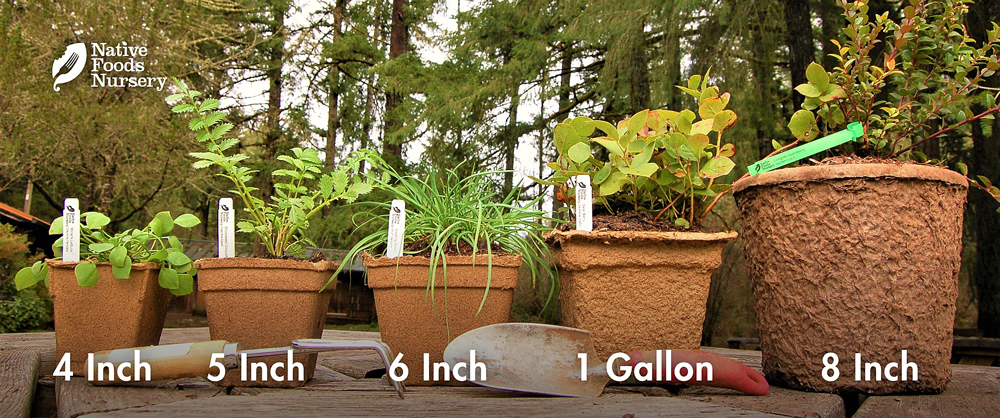Hooker's Onion is an edible wildflower in the Allium family, related to the common bunching onions. Flowers, leaves, and root are all edible with an onion taste.
NOTE: Our native lillies naturally go dormant by June or July of each year. If you order them after that time, you'll have to wait until spring for additional growth and flowers.
Edible Uses
Hooker's Onion is a perennial wildflower in the Allium family. The bulb, the flower, and the stalk are all edible native foods. All parts of the plant can be used just like an onion, but for a special treat, add the flowers to a salad, they will provide both an aesthetic appeal and a delicious onion flavor. The plants contain sulphur compounds (which give them their onion flavor) and when added to the diet on a regular basis they help reduce blood cholesterol levels and act as a tonic to the digestive system.
The onion flavor is very strong with this one and it is recommended that you do not consume it in large quantities, especially the first time you eat it. As with any new wild edible, try a small portion first and see if you have a reaction before eating it in larger quantities.
Ornamental Qualities
For most of the year Hooker's Onion looks innocuous, but every spring, this special plant will put on a show in your garden. Its central, leafless stalk produces an umbel of 10-20 small, deep pink flowers in a distinctive branching pattern. Grow them in sunny flower beds to show the neighbors that you can have your beautiful wildflowers and eat them too!
Environment and Culture
Hooker's Onion can be found throughout the Pacific Northwest growing on the dry sides of hills, and sunny, rocky meadows at low to mid elevations. It is very drought tolerant after establishment making it a great choice for rock or xeriscape gardens. It was widely eaten by Native Americans. Chose sunny sites with well drained soil.
Northwest Native American tribes today still value this special plant as food, medicine, and family. Despite great cultural losses, they continue to work towards stewarding and restoring wild populations, both strengthening the integrity of the ecology and sustaining their cultural heritage and wisdom. These strong and recovering peoples and plants deserve our respect, gratitude, and reparations. (Learn more & how to help on our Charitable Giving page.)
Harvest, Care, and Preparation
Eat the flowers raw in the spring, harvest the bulbs and stalks in early spring or late fall. Add them in small amounts to soups, stir fries or salads. When harvesting, take only the largest bulbs and allow the plant to establish a large enough patch that you can harvest without damaging the long term viability of the patch. scatter the seeds in fall and dig up and replant bulbs that are crowding each other to aid in the establishment and ongoing management of the stand.
Native Range: CA, OR, WA, ID, BC
USDA zones: 5-9
Ease of Care: Moderate
Deer Resistance: Moderate
Light Requirements: Full Sun
Soil Type: Light-medium
Water Requirements: Dry-Moist
Pollination: Self Fertile
Bearing Age: 1 Year
Size at Maturity: 12 Inches
Bloom Time: April-May
Harvest Time: Anytime
Pot Sizing Guide

Our policy lasts 30 days. If 30 days have gone by since your purchase, unfortunately we can’t offer you a refund or exchange. To be eligible for a return, your item must be unused and in the same condition that you received it. It must also be in the original packaging. Gift cards are non-refundable. Once your return is received and inspected, we will send you an email to notify you that we have received your returned item. We will also notify you of the approval or rejection of your refund. If you are approved, then your refund will be processed, and a credit will automatically be applied to your credit card or original method of payment, within a certain amount of days.








